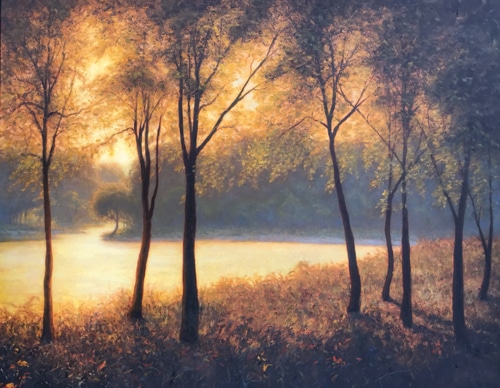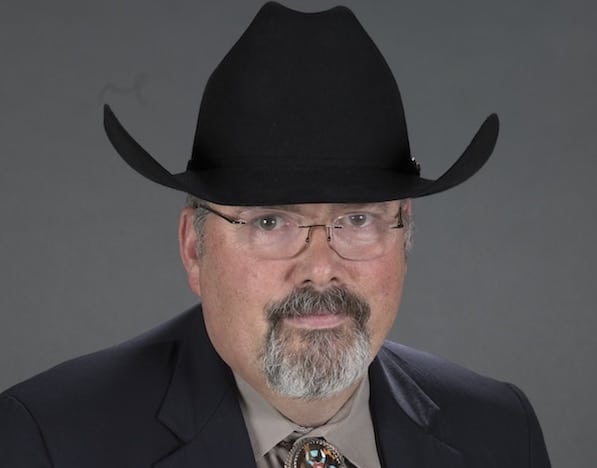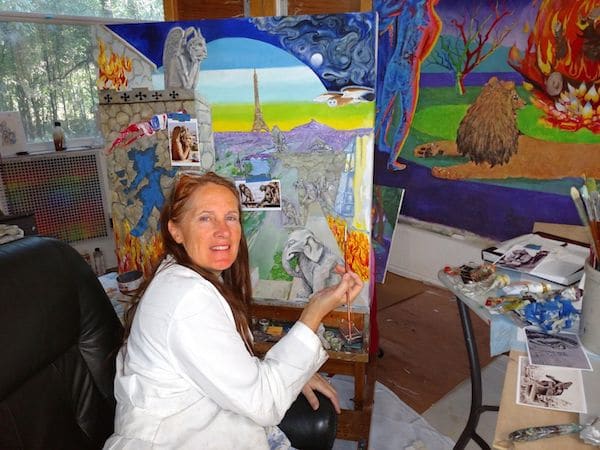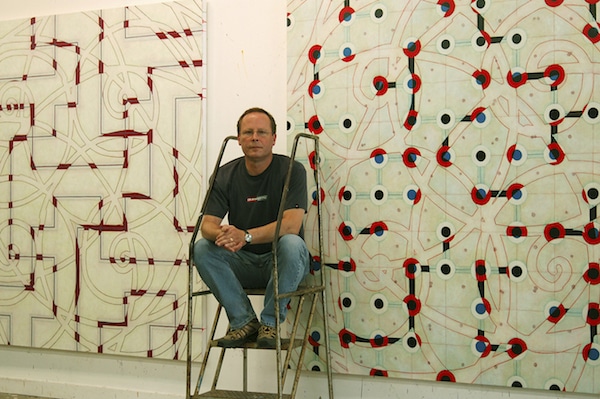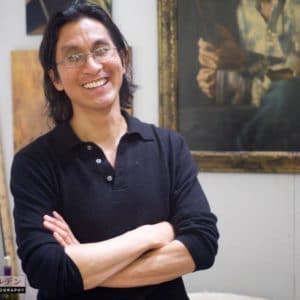 2017 Accelerator Fellow
2017 Accelerator Fellow
Where did you grow up?
La Canada, California, near Pasadena, in the Los Angeles area.
When/how did you first know that you wanted to be an artist?
When I’m fully immersed in creating art, it becomes the most important thing in my world. I first felt this in kindergarten, while working on a self-portrait in class. Painting my face and striped shirt was fun, but when I did the shoes, I recreated a drawing of some laces I’d seen in a children’s book. As I was reproducing on paper the image that was in my head, I fell in love with art. It was at that moment I knew that this was what I wanted to do.
Where do you currently live/work, and how would you describe the arts community there?
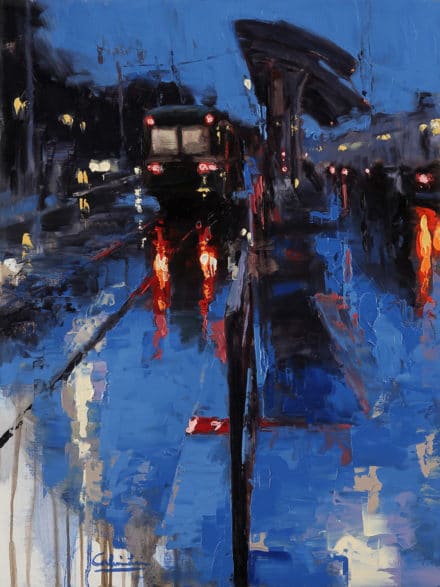
I work at the 1890 Bryant Street Studios in San Francisco, California. It’s easy for San Francisco artists to get lost in the crowd, but this studio has fostered a group of creative individuals who are serious about their own art and supportive of each other as well. The studios host several events where members can showcase work, and meet collectors and fellow artists. It’s a great place to be!
How would you describe your art to someone who’s never seen it?
My pieces combine highly rendered, photorealistic areas with other elements that are much looser—almost impressionistic or abstract. Oftentimes I will break up the edges of the picture plane with incredibly expressive brushstrokes and thin layers of diluted pigment. By creating a dynamic tension within my pieces, through a combination of traditional and modern techniques, I encourage the viewer’s eyes to travel and focus on different areas of my work.
Figurative and portrait art have been my main subjects for several years, but recently I’ve been painting a lot of cityscapes, landscapes, and still lifes. Lighting is my main obsession. Composition is my favorite tool. I am pushing the boundaries of classical realism. If I had to put a label on my work, I would call it painterly realism.
What do you hope to communicate to your audience?
There are many things I choose to paint, and though there is this variety, my unifying goal is to create not just a feeling, but to capture what the subject feels like. It’s not enough for me to make my work resemble that subject; I want the viewer to feel that they are there, walking down the rainy street, standing on top of the golden hillside, or getting a sense that they know the person within the piece. To me, this is more important than skill. Skill is my intellectual pursuit, but creating a whole world is my passion.
What’s been your biggest business challenge?
Consistency—finding business practices that are effective and sticking with them. I want to be painting and drawing. I want to be making art because it hurts when I don’t. Creating a business can be incredibly satisfying, but it can never completely fulfill me. Because of this, I often avoid it. Before joining CHF’s program, I’d go weeks without working on my business, but my irregular commitment has impeded the progress of my career. I’m excited to see the improvements that will come with greater consistency.
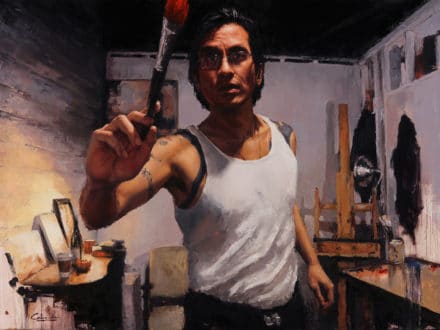
Tell us about a business success and what you did to achieve it.
Art is my bread and butter! I am so grateful that I’m able to live off of my work, in San Francisco. Being a working artist has always been my dream, and though I still struggle and hustle, and sometimes feel quite overwhelmed, my persistence has helped me achieve this goal. Persistence has been my mantra. It is the main ingredient that helps a struggling artist get through the hard times, and enables a working artist to become a successful one.
How do you feel about today’s technology (tools for your business, for creating your art, or both), and has it altered your way of doing business?
New programs, platforms, and tools make running a business viable. That doesn’t mean I’ve wholeheartedly embraced technology—I still wrestle with some fear of it—but I also recognize that if there were no technology available to me, managing my business would be five times harder.
What do you think about the state of today’s art market?
Today’s market is riddled with dichotomies; it seems much more complicated and full of opportunities than ever before. There are now more ways to sell one’s work and be noticed, which has increased the number of visible artists and niches. However, this also creates a lot competition and obscures a clear road to finding your place in the art world.
Artists have a greater ability than ever before to forge their own paths, but if we want to succeed, we must shift our thinking. We need to see ourselves as businesspeople, and those skills often have to be learned. It is a process that takes time away from the studio, but it also empowers the artist.
Give us an example of how you balance studio time with business time.
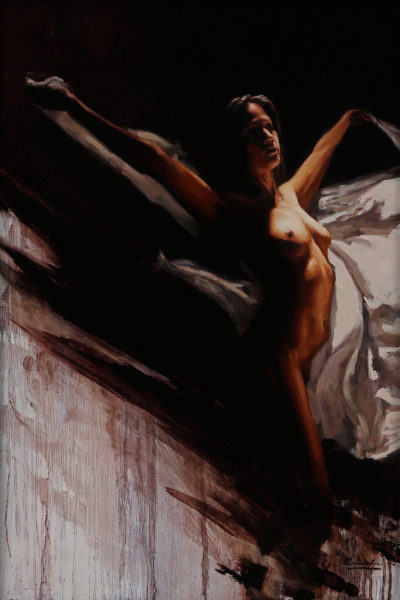
I am either in the studio making art or out of the studio dealing with business matters. I cannot break up the day with a little of this and a little of that; I reserve the whole day for one activity or the other. I have a very one-track mind, so staying in one place helps me concentrate. I want to go through each day feeling like I accomplished something. Having a large chunk of time gives me the ability to handle much of what’s on my plate. I’m also a slight workaholic and often work into the night.
How have you evolved as an artist?
My style has gone from tight and flat, to very dynamic and expressive. I am starting to hit my stride in terms of what I want to say and how I say it. I continue to perfect my rendering skills while learning how to loosen up by using brushes or palette knives that are saturated with paint to add energy and feeling. The creation of art is still an ever-changing experience for me, but I’m now where I want to be.
How have you evolved as an entrepreneur?
I’ve accepted the fact that I’m running a business. I used to struggle with that idea and spent as little time as possible on the administrative side of my career, but now I make time for it, just as I make time for being in the studio.
What role do artists play in our society? What role SHOULD they play?
Artists change the way we perceive life, altering the mood, thoughts, and spaces around us. We should be the ones shaping reality and driving people to pause and contemplate. But because art is so under-appreciated in this society, it serves mainly as a form of escapism. Many people collect or create art to get away from their “regular” lives—which, in the end, can dilute the deep impact that artists and art can achieve. We have become an addition to this society, but we should be viewed as a necessity. Art is what breathes life into living.
Anything else you would like us to know?
I’ve been an artist ever since I was a child, but because of the challenges posed by the industry, I stopped making art for about seven years. During that time, I studied music quite seriously, and I now perform regularly throughout the Bay Area. These days, my main instrument is the clarinet, and I predominantly play folk music from the Balkans, Turkey, and the Middle East, as well as some swing jazz. (I’m into esoteric stuff—the more obscure the better!) I view music and art as originating from the same source, but they satisfy different parts of me; they’re separate spokes of the same wheel.
I also have a cat named Jojo.
For more information on Calvin Lai, see his official CHF bio.




